文章发表于《Advanced Engineering Informatics》期刊(IF=5.936),Volume 50, October 2021, 101432.
关键词:Immersive augmented reality (IAR); Navigation; Wayfinding; Cognitive map; Workload.
----------------摘要--------------
Augmented reality (AR) is an interactive experience where computer-generated perceptual information is superimposed into the real-world environment. Most existing research in AR-based wayfinding has focused on the technological aspects of developing AR-based software or devices to realize navigation. No previous investigations have focused on understanding the impact of immersive augmented reality (IAR)–based systems on human wayfinding performance from the cognitive perspective.
增强现实(AR)是指将计算机生成的虚拟信息叠加到真实环境中而给人形成的一种交互式体验。当前基于AR的寻路研究聚焦于开发用AR的软件或设备来实现导航的技术,没有研究从认知角度关注沉浸式AR系统对人类寻路表现的影响。
Aimed at investigating the influence of IAR-based systems on people’s cognitive map development and their subsequent wayfinding performance as well as the effect of using three-dimensional (3D) layout models in IAR environments in addition to superimposed guideposts, an experiment was carried out in a building with a complex floor plan. A total of 54 university students were evenly divided into three groups: a control group with no IAR assistance, a second group using an IAR-based navigation system that includes only superimposed guideposts, and a third group using an IAR-based navigation system that includes both guideposts and a 3D layout model. Each participant was asked to conduct a spatial exploration task in the environment, sketch a floor map based on their spatial cognition, and perform a wayfinding task to find eight specific locations in the building.
为了探究沉浸式AR系统对人类认知地图的建立和寻路表现的影响以及在沉浸式AR环境中使用三维(3D)布局模型叠加导向标志的效果,我们在一幢建筑布局复杂的大楼里进行了一项实验。54名大学生被平均分成了三组:控制组不使用沉浸式AR导航系统;第二组使用了只包含导向标志的沉浸式AR导航系统;第三组使用了包含3D布局模型和导向标志的沉浸式AR导航系统。每名被试都被要求在环境中执行一个空间探索任务,并根据探索后形成的空间认知来绘制地形图,之后再完成一个在环境中寻找八个特定地点的寻路任务。
An analysis of the participants’ performance and responses to a number of self-evaluation questionnaires collected in the experiment indicates that IAR technology can help people develop their cognitive maps more effectively and can substantially improve their wayfinding performance with a much lower workload. A second finding is that adding 3D layout models can enhance the effect of an IAR-based navigation system in terms of cognitive map development.
经过对被试的客观表现数据和实验中收集到的一些被试的自我报告的问卷数据进行分析后发现,沉浸式AR导航系统可以帮助人们更有效地建立认知地图,降低他们的工作负荷并提高他们的寻路表现。
The findings from this research extend the existing knowledge about IAR-based navigation and further verify that AR technology has the potential to reduce human workload for cognitive tasks. The results also could support its more effective application in various scenarios that require assisted wayfinding and cognitive map training, such as emergency evacuation drills.
本文的发现扩展了基于沉浸式AR导航系统的现有认知,并进一步验证了AR技术有可能减少人类在承担认知任务时的工作负荷。研究结果也可支持沉浸式AR导航系统可以有效地应用在各种需要辅助导航和认知地图训练的场景(如应急疏散演习)中。
----------------文中主要图表--------------
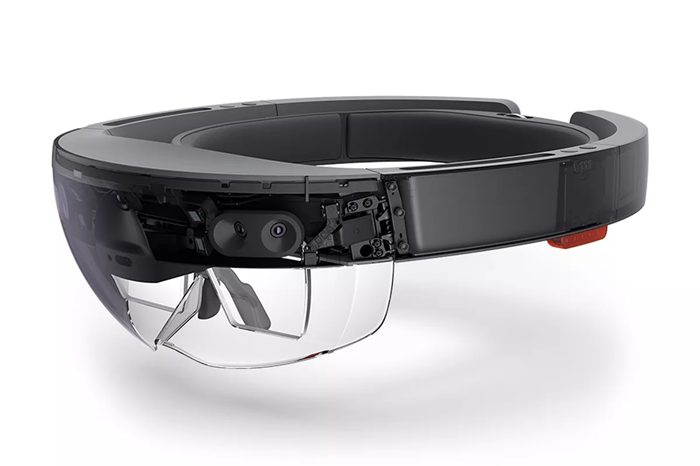
图1:AR眼镜(Microsoft HoloLens)
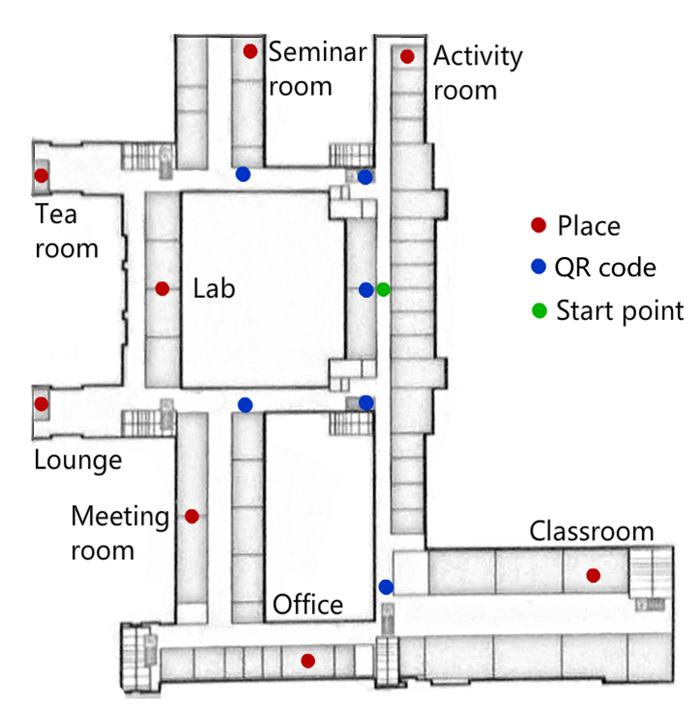
图2:实验环境建筑布局图
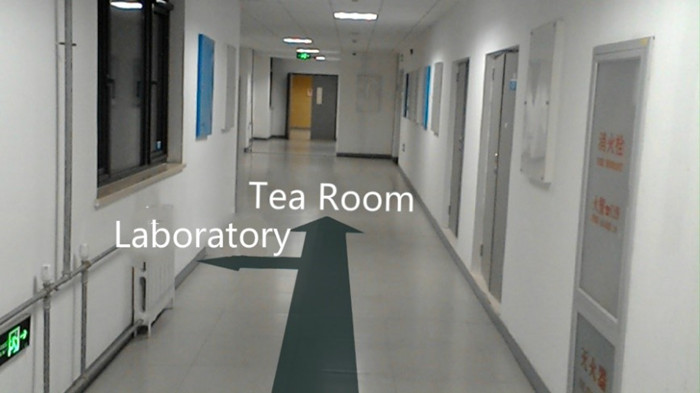
图3:AR导航标志
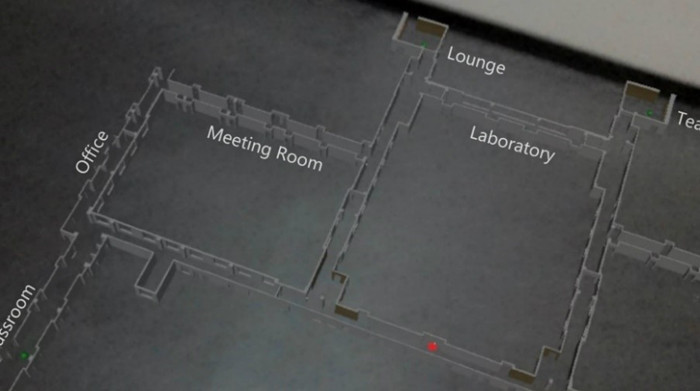
图4:3D布局模型
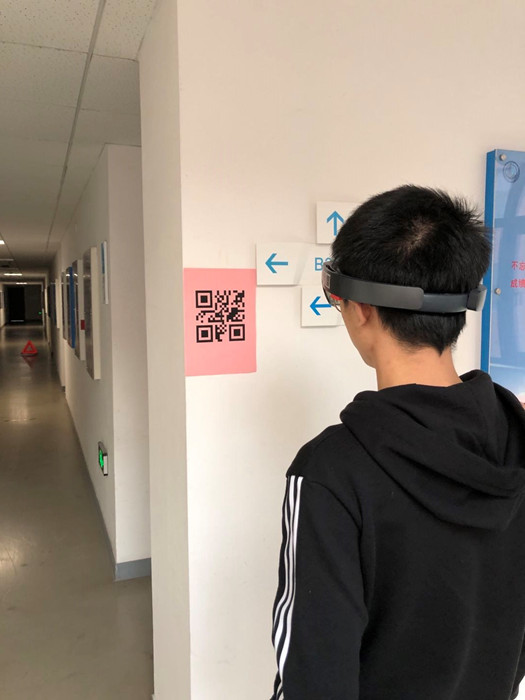
图5:被试实验现场图